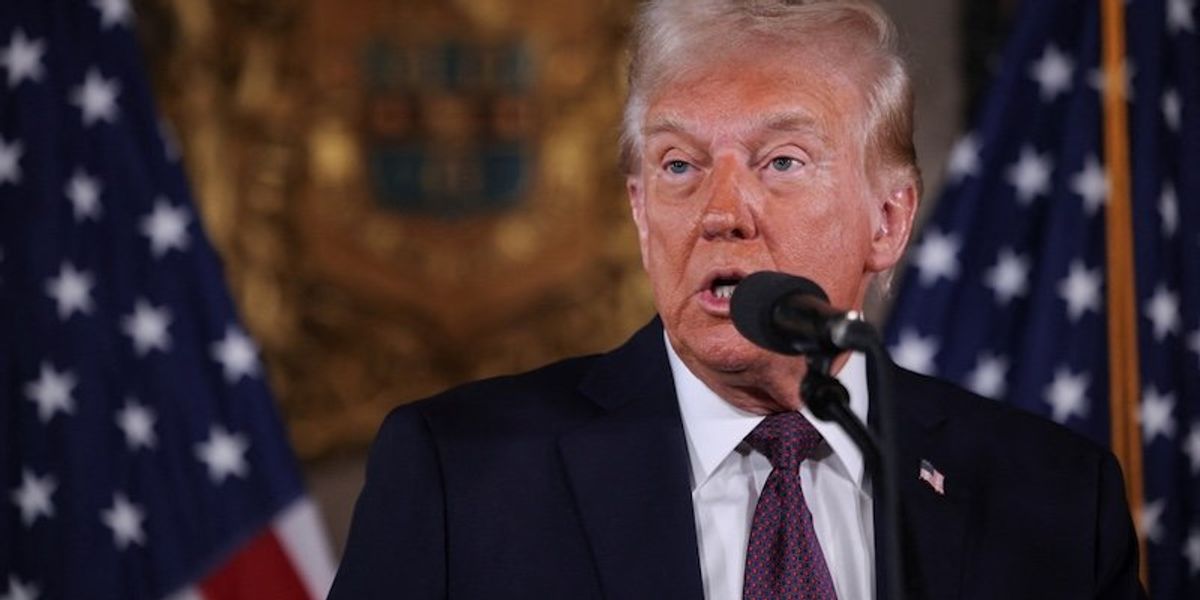China poised to expand AI infrastructure to keep pace with US Stargate project
Chinese local governments, telecommunications firms and Big Tech companies have been building new AI facilities over the past few years.

China is expected to step up digital infrastructure development to drive its artificial intelligence (AI) ambitions, according to analysts, after the Trump administration unveiled the US$500 billion Stargate Project to further advance the United States’ lead in the vital technology.
Advertisement
The Stargate Project – a venture initially led by SoftBank Group, ChatGPT creator OpenAI, Oracle and Emirati investment firm MGX – plans to plough up to US$500 billion in the US over the next four years into an advanced network of data centres, housing high-performance computing infrastructure needed for AI development initiatives. The first such facilities have already started construction in the state of Texas.
“China has been making stunning strides in building intelligent computing centres,” Omdia chief analyst Lian Jye said on Thursday. “As long as China keeps with the current pace, the country’s [computing infrastructure] gap with the US will narrow further … in spite of the Stargate Project”.
That assessment reflects how a growing number of Chinese local governments, state-owned telecommunications network operators and Big Tech companies have been building high-performance computing facilities over the past few years amid sweeping semiconductor export restrictions imposed by the US.
Official data showed that about 250 advanced data centres and other computing facilities were being completed or were under construction across the mainland at the end of June last year.
Advertisement
The China Academy of Information and Communications Technology, a scientific research institute under the Ministry of Industry and Information Technology (MIIT), estimated that the nation’s total scale of computing power in 2023 reached 230 eflops – a unit for measuring the speed of a computer system, equal to one quintillion floating-point operations a second – which put the country behind the US.










)




:max_bytes(150000):strip_icc()/file2-64e59f8c72d540b8bf92d9ea8cf7ed83.jpg)

